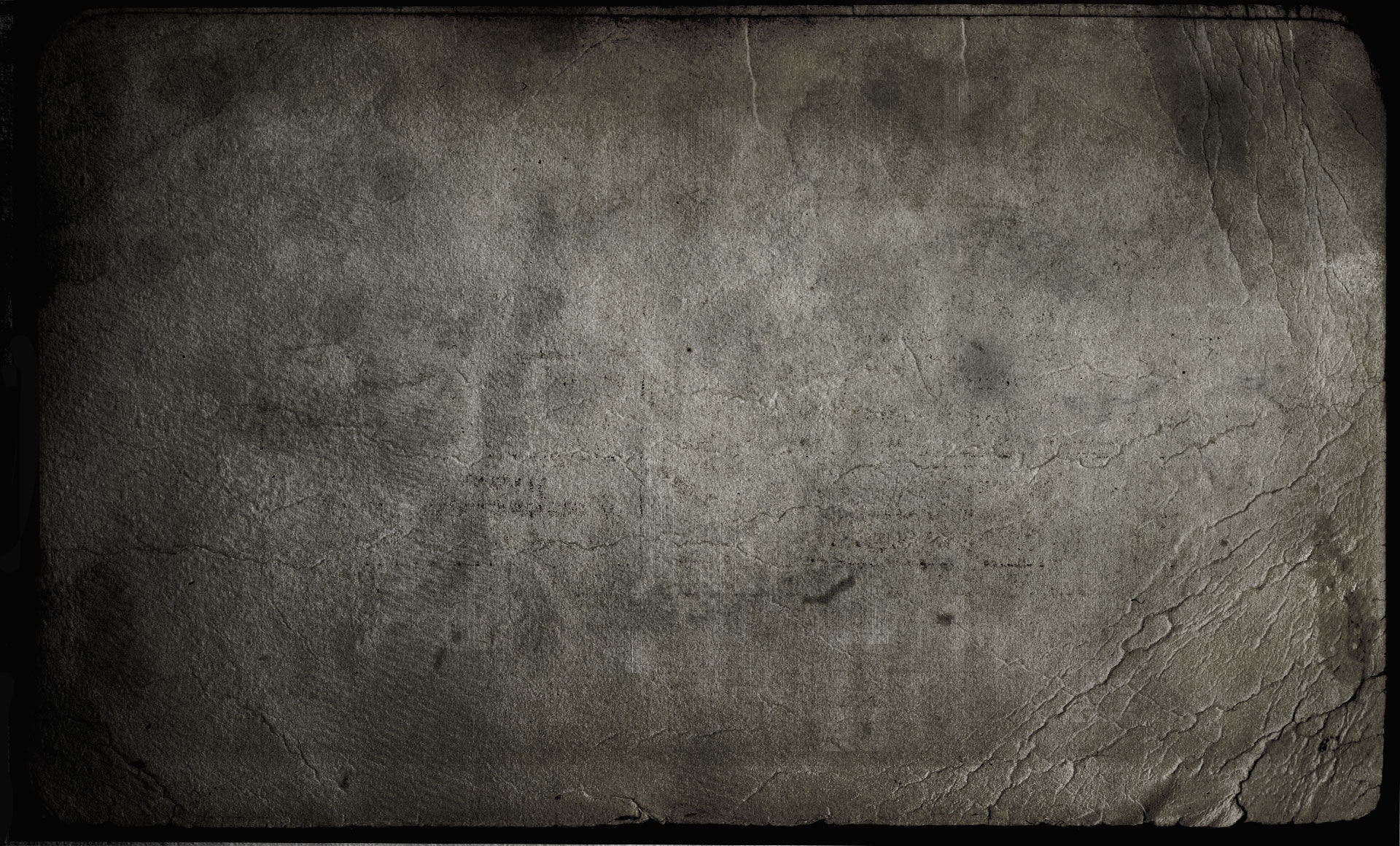Spyra Staub (2014)
- Sylvain Lupari

- Dec 8, 2014
- 4 min read
Updated: Nov 12, 2023
“Staub is a stunning opus where the genius of Spyra can simply not be denied”

1 Dusk 6:54 2 Staub 9:22 3 Glacier 7:50 4 Etude 6:09 5 Ecce Homo 12:17 6 Flur 7:21 Butterfly Collector | BFLY009
(CD 50:10) (V.F.) (Retro & New Berlin School)
It's been more than 4 years that Spyra had not tickled our ears of his complex tones. The last album he made was the very ambient 0B41H. An album where Spyra dragged his fans in long sonic corridors devoid of rhythms, of sequences. Structured on the eclectic tones of Juno 6, STAUB is before everything the fruit of a reflection on EM, from its roots to its last buds, that Wolfram Spyra exorcised since 0B41H went out in 2010. Wandering like a night-predator between the USA and Ukraine, while passing by England and Poland, the German synthesist gathered a crowd of ideas. His prey? The Roland Juno 6! Extirpating sequences of prism which got melted in the chaos of inconsistent rhythms in perpetual metamorphoses, Spyra built gradually the pattern of a fascinating album where the ambient rhythms of the vintage years were confronted from now on to some very attractive contemporary melodies. Composed, played and recorded in only one take at each night, the music of STAUB offers a fascinating duality between the blackness and the clearness. It's a strange ballet stuffed of contrasting choreographies. It's also an attractive pastoral ode where the shadows crawl on innocents melodies which try to anchor near our ears.
And this amazing sonic adventure begins with the very somber Dusk and its vampiric bass waves which terrorize a lineage of jumping keys. These bass sequences stamp the ambiences with a series of small furtive steps which skip as swiftly as peacefully in the muffled impulses of a bass line and of its sinister reverberations. Although very agitated, as the legs of a duck under water, the rhythm of Dusk remain charmingly ambient. Spyra exploits the possibilities of the Roland Juno 6 with another series of keys which sparkle in more bright tones and spin such as scatterbrained fires looking for an exit in a forest dirtied by a sinister and wrapping black. A delicate melody emerges from this strange duality between dark and light, revealing the charms of a secret music, of which the crescendo, always peaceful, leans on this series of small steps which become all excited in a finale where elytrons of metal awaken some more bright tones and of which the lively knocks will never overcome this long black coat that the bass line has displayed throughout Dusk. A series of galloping keys pierces the static silence of the title-track in order to cavort in a pattern of alternating rhythm. Bass and clear sequences adjust their static dances, while the black shadows encircle this fragile approach of ritornello which undulates so harmoniously in a pattern eaten away by a sibylline envelope. We clearly feel here the approach improvised of Spyra who knows how to turn a piece of ten cents without that the eye follows the movement. That remains fluid but relatively ambient and the sequences ring with scarlet tones whose reflections get lost in the ambiguity of the black shadows. With its cavalry of sequences which sparkle like the mirror images of a cold sun on an immense ice floe, Glacier is also icy as its naming. If the structure of sequences is ingenious, the tones which get out from it can scratch the hearing sensitive to the sound chaos. Etude is a small jewel which reminds me of Peter Baumann's works. The sequences are delicate. They beat of their contrasting tones; crystal clear and bass, melodious and rhythmic, in the nasal singings of the synth, merging an ambient rhythm which swirls delicately in an extremely melodious synthesized envelope. A flute very Baumann comes to wrap up this delicate movement of ballet where the sequences swirl as so innocently as a pure soul in the edge of a fields of vice. It's the kind of intrusive melody that reminds to us how much EM can be divine. Ecce Homo is the most peaceful track on STAUB. There are beautiful moments here which remind those of Klaus Schulze and of his Mirage era. In particular with this concerto of crystal clear sequences which glitter in a beautiful minimalist passage. Although sequences, always fed by clear-dark tones, get unchain with keen movements and kicks, the rhythm remains stuck to the disordered oscillations of a bass line of which the hummings awakens the fragrances of a dark organ. An impression which stands also for Flur whose intro is filled with a strange funeral march. Following the example of the somber fluctuations which feed the enigmatic ambiences in STAUB, the shadows of the bass line waves spit a sizzling fire. The movement adopts a more fluidity with supple oscillations which go and come in a strange baroque envelope where the time seems to break itself between several eras.
When the simplicity gets dressed of complexity, that gives STAUB. Surprising and fascinating, as well as hard sometimes for the ears, Spyra offers all the duel of an EM which feeds of its antipodes. It's an album filled of nocturnal ambiences, of abstruse melodies and of rhythms whose internal murmurs amputate any forms of outbursts which is the equal of the nights of torments where the ideas darken of a creative envelope that the day cannot equal.
Sylvain Lupari (December 8th, 2014) *****




Comments